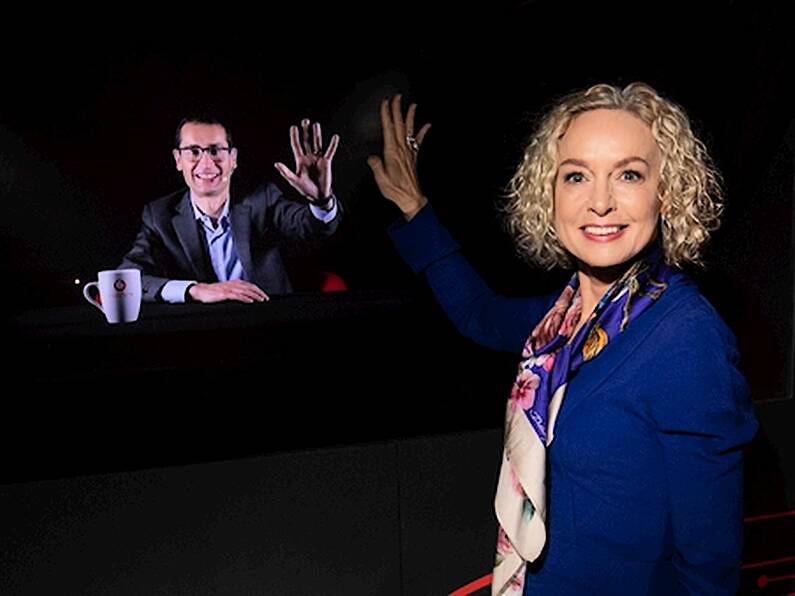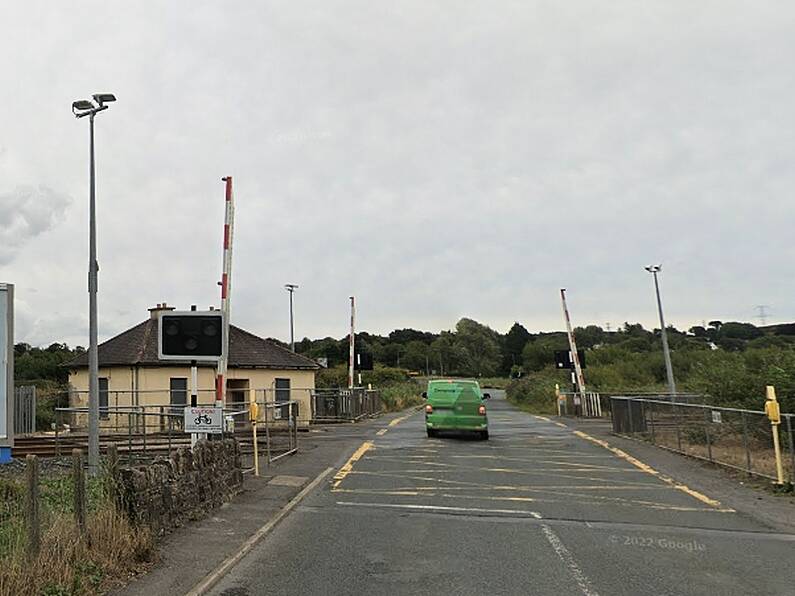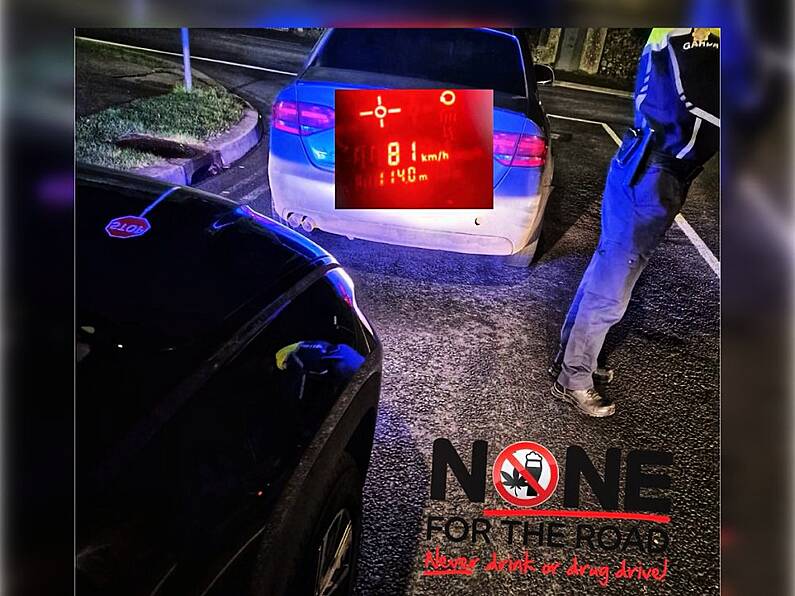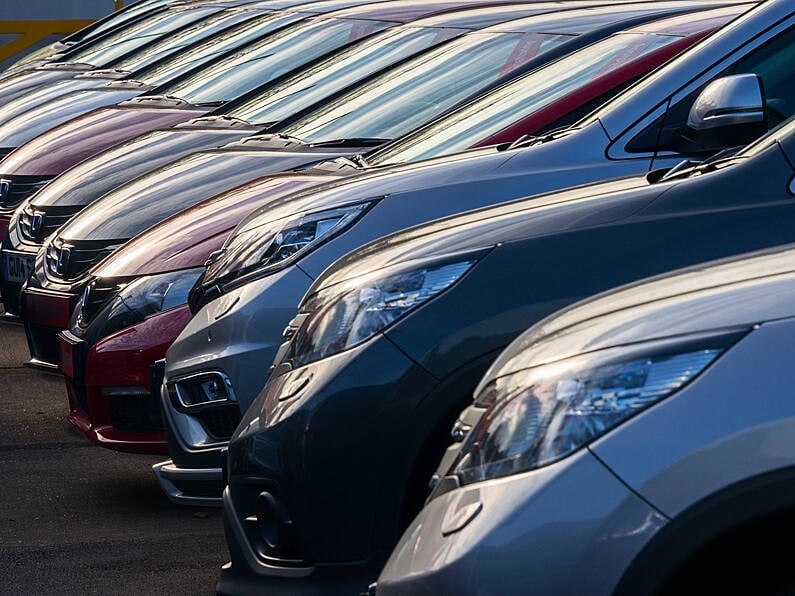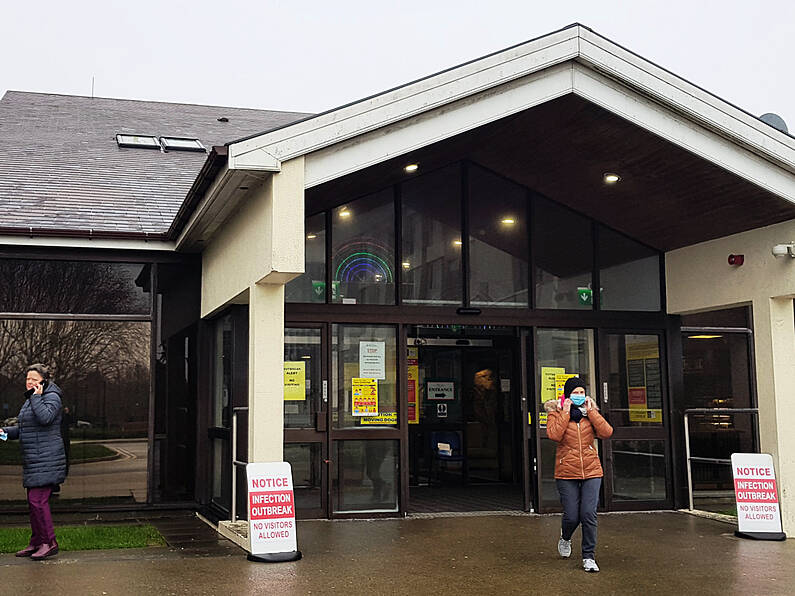History was made today when the first Irish international holographic call was carried out between Ireland and Vodafone’s Innovation Centre in Germany using 5G technology.
Hosted by Vodafone Ireland’s CEO, Anne O’Leary, the holographic call involved a Q&A session with Max Gasparroni, Vodafone Ireland’s Interim CTO, who was in Germany, using fully standardised 5G technology.
It was part of Vodafone Ireland’s launch of first live 5G network site open for trials in Dublin’s Docklands.
The network consists of fully standardised Ericsson 5G being deployed over Vodafone
Ireland’s recently acquired 5G spectrum.
Vodafone Ireland said it will use this site to trial the latest 5G hardware, software and services as they become available in advance of 5G products hitting the market, and will continue to expand coverage in the area over the coming months.
The firm said the first Irish international holographic call was a demonstration of the type of possibilities that can be achieved on 5G, which could become an everyday future reality across business and society in Ireland.
Benefits include robotic surgery, driverless cars and real time virtual gaming on the move, Vodafone Ireland said.
Vodafone and Ericsson have also partnered with NovaUCD, the Centre for New Ventures and Entrepreneurs at University College Dublin, to create a new 5G accelerator programme.
Through the nationwide programme, participants will have the opportunity to develop and enhance their business plans and validate the commercial potential and technical feasibility of innovative 5G enabled products and services.
Earlier this year, Mr Gasparroni told the Irish Examiner what 5G would mean for everyday life once it became mainstream.
“5G is the next generation of mobile technology, built upon the foundation of 4G. What will it do? It will provide four main features, essentially. "That is, ultra-high speeds, firstly. The second feature is that you will be able to connect a huge amount of devices. Thirdly, it will increase the reliability of the connection. Fourthly, it will mean very low latency. These four features mean an improvement of what we currently have on 4G.
“So it could be 4K media streaming, video analytics, holograms — very high definition video download and upload, with continuous progress in terms of screen resolutions enhancing what can be transmitted.
“It will enable the massive adoption of the Internet of Things, where you have a number of devices connected.
"It could be a car, it could be a fridge inside your home, smart meters, smart lighting. What it does is build on narrow-band IoT technology as part of the 4G,” he said.
